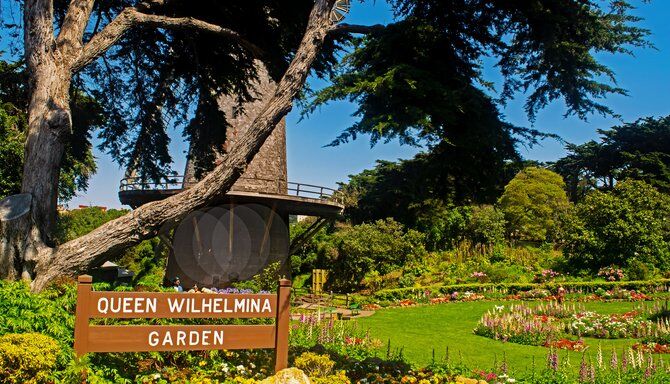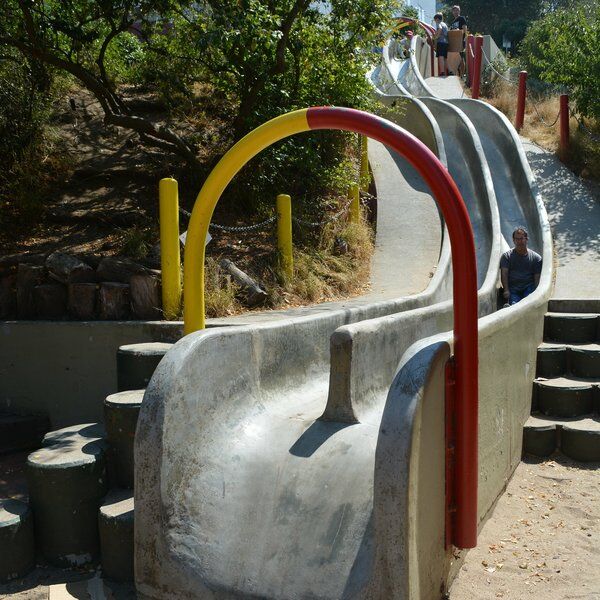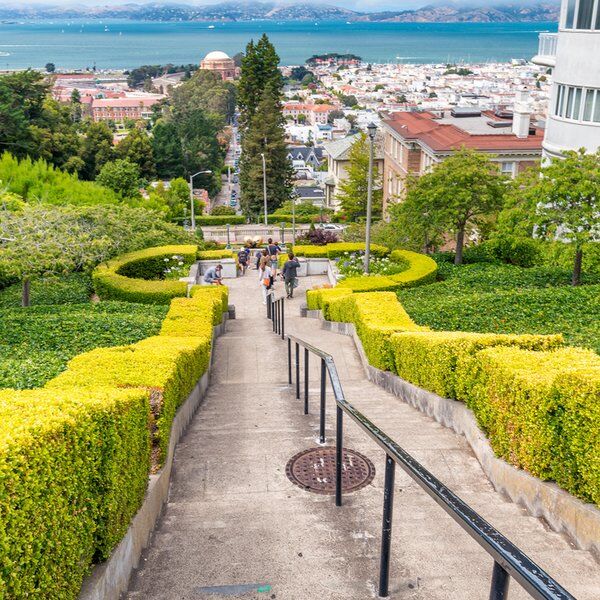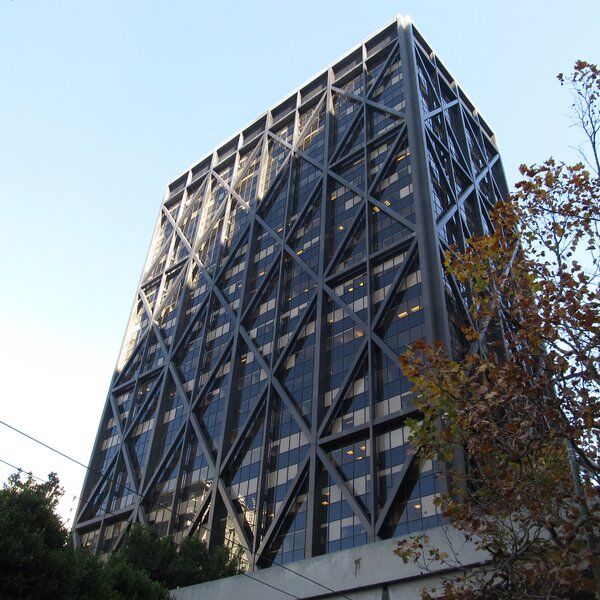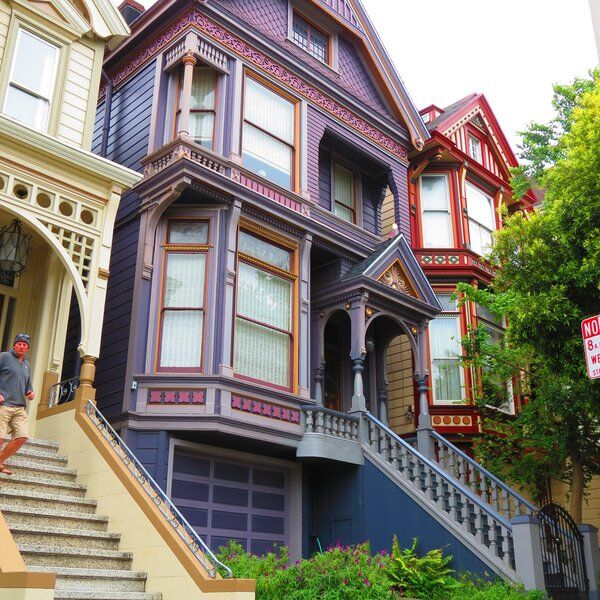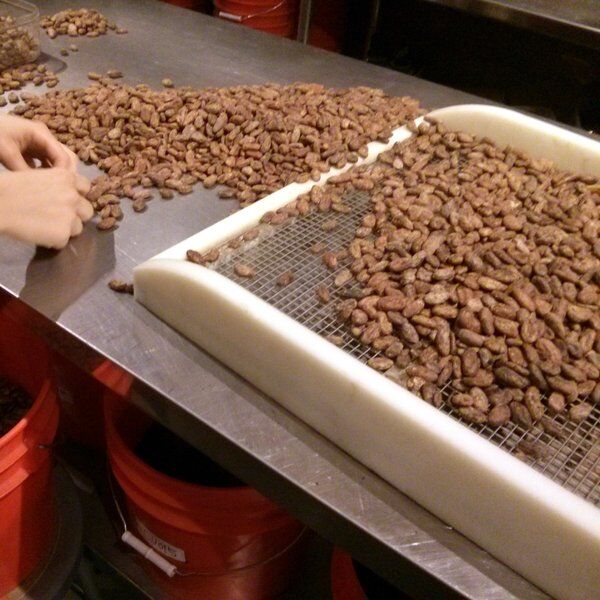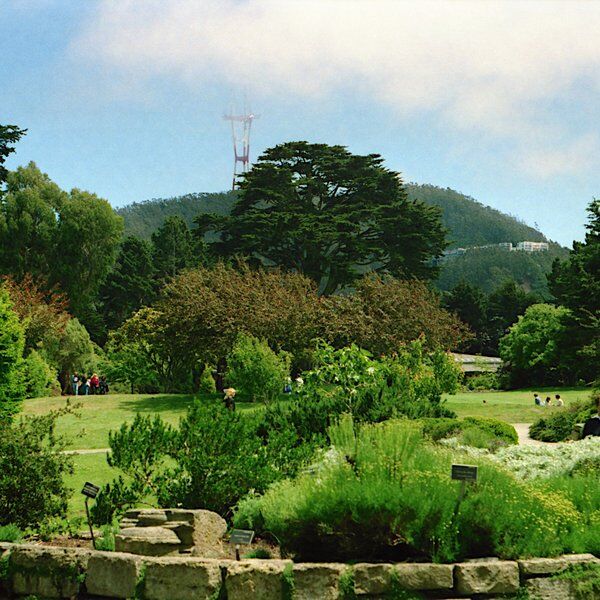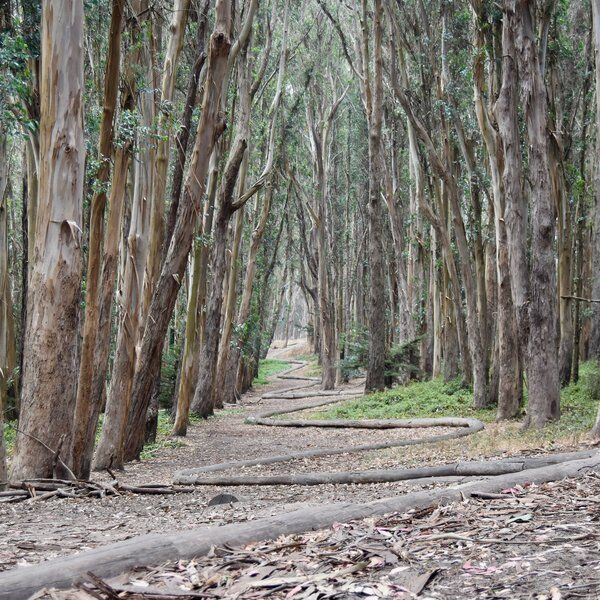Discover the Queen Wilhelmina Garden in San Francisco
Golden Gate Park in San Francisco has an extensive catalogue of things to do, including discovering landmarks, artwork, and gardens. Among these hidden gems lies the Queen Wilhelmina Garden, a beautiful spot that bursts into a riot of colors every spring.
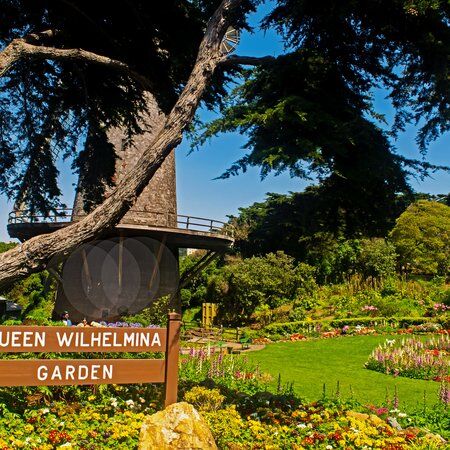
A Brief History of Queen Wilhelmina Garden
The Queen Wilhelmina Garden was established in 1902 as a gesture of goodwill and international friendship. Named after Queen Wilhelmina of the Netherlands, who reigned from 1890 to 1948, the garden was part of a larger gift from the Dutch monarchy to the City of San Francisco. This gift also included the iconic Dutch Windmill, which once served as an essential irrigation tool for the park.
The garden was intended to showcase the beauty of Dutch culture, symbolized by the vivid tulips that have become the garden's signature. The tulips were originally a gift from Queen Wilhelmina herself and have been maintained over the years with the help of the Dutch Bulb Growers’ Association. These stunning flowers not only brighten the garden but also symbolize the historical ties between the Netherlands and the United States.
The Role of the Dutch Windmill
Located at the western edge of Golden Gate Park, the Dutch Windmill, also known as the North Windmill, is an iconic structure that anchors the Queen Wilhelmina Garden.
This windmill, which was once a crucial component of the park's irrigation system, pumped nearly 30,000 gallons of water per hour to sustain the park's lush landscapes. Although no longer in use for irrigation, the windmill remains a historical landmark in the park.

Design and Features of Queen Wilhelmina Garden
The Queen Wilhelmina Garden is a masterpiece of horticultural design, combining bright flora with historical architecture to create a serene and picturesque environment.
The garden's layout is designed to encourage leisurely strolls, with pathways winding through beds of tulips, daffodils, and other seasonal flowers.
The Tulip Display
The highlight of the Queen Wilhelmina Garden is undoubtedly its tulip display, which comes into full bloom each spring. But each year the tulips are arranged in different patterns so that every visit offers a fresh and unique experience. These tulips, with their vibrant reds, yellows, and purples, are stunning to witness against the backdrop of the Dutch Windmill.
Beyond the tulips, the garden has a diverse array of plant species, including primroses and Icelandic poppies. The design of the garden is deeply rooted in Dutch culture, where tulips have long been a symbol of peace and reconciliation.
In recent years, the garden has received special tulip bulbs from Queen Máxima of the Netherlands, who visited San Francisco in 2022. These tulips, known as the "London N. Breed" bloom, were inspired by the attire worn by the Queen and San Francisco Mayor London Breed during the visit.
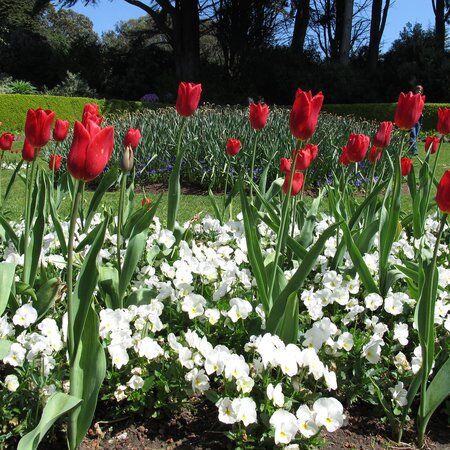
The Role of Seasons in the Garden's Beauty
One of the most remarkable aspects of Queen Wilhelmina Garden is its dynamic nature. The garden changes with the seasons, offering something new and beautiful throughout the year.
- In spring, the garden is a riot of color with blooming tulips
- In summer, the perennial beds and evergreen shrubs create a lush green landscape.
- As autumn approaches, the garden takes on a golden hue.
- In winter, the garden's design highlights the structural beauty of the plants and the windmill.
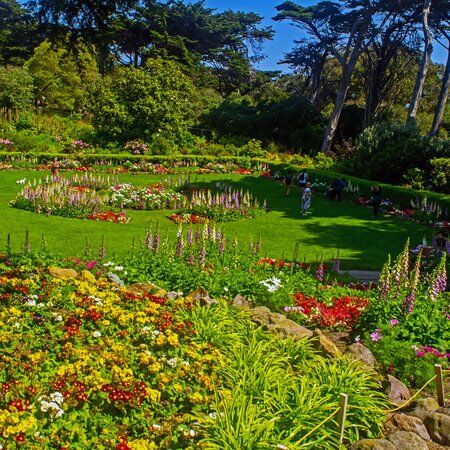
Queen Wilhelmina Garden in Golden Gate Park
Queen Wilhelmina Garden is a great destination in San Francisco, not just because of its tulip display, but also due to its location in the heart of Golden Gate Park. Golden Gate Park is San Francisco’s cultural, recreational, and natural sanctuary. Stretching over 1,000 acres, the park offers a diverse array of experiences, from serene lakes and open meadows to world-renowned museums and hidden art installations.
As visitors explore the park, they encounter a variety of attractions, making it easy to spend an entire day without leaving its boundaries. Visitors can take in views of the Golden Gate Bridge, enjoy a cultural visit to the California Academy of Sciences and the de Young Museum, or the simple joy of a leisurely bike ride along its numerous paths.
The park is also home to several unique gardens. Alongside the Queen Wilhelmina Garden there is the Shakespeare Garden, Rose Garden, and the iconic Japanese Tea Garden. The park’s extensive landscape also features commemorative groves, such as the National AIDS Memorial Grove and the Redwood Memorial Grove, alongside its many lakes, meadows, and athletic fields. With an annual attendance averaging 25 million visits, Golden Gate Park continues to be a vital part of San Francisco’s identity.
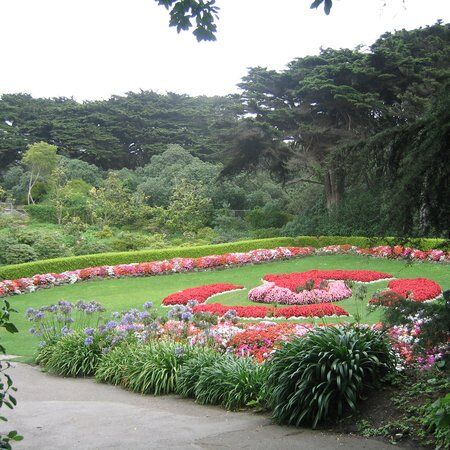
The Origins of Golden Gate Park
Golden Gate Park’s history is as rich as the color of the Queen Wilhelmina tulips it houses. The park was carved out of barren sand dunes in the 1870s, an ambitious project that transformed a desolate landscape into a thriving public space. Surveyor and designer William Hammond Hall was instrumental in its creation, starting with 1,013 acres that have since expanded to 1,017 acres.
Over the years, the park has served as a backdrop to significant events, including the California Midwinter International Exposition of 1894, which introduced millions to the wonders of the West. Following the devastating 1906 earthquake, the park became a refuge for thousands of displaced San Franciscans, highlighting its importance to the community.
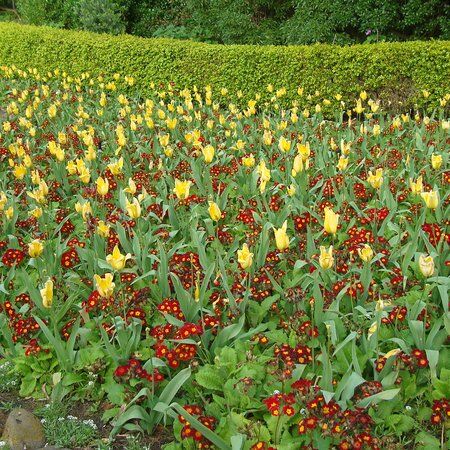
Visiting the Queen Wilhelmina Garden
Queen Wilhelmina Garden is most famous for its dazzling display of tulips, which bloom in early spring. This garden is particularly enchanting in March, when the tulips are in full bloom beneath the towering windmill.
For those planning a visit, early morning or late afternoon are ideal times to experience the garden’s beauty. The soft light during these hours enhances the vibrant colors of the flowers, and the peaceful atmosphere is perfect for photography or simply enjoying the view. A visit during the tulip season is a must, but the garden offers charm year-round, with different flowers blooming in every season.
Located at 1690 John F. Kennedy Drive in the northwest corner of Golden Gate Park, the Queen Wilhelmina Garden is open 24/7 and is free to visit. After admiring the tulips, visitors can explore other nearby attractions, such as the cherry blossoms at the Japanese Tea Garden or the magnolias at the San Francisco Botanical Garden. For a complete experience, consider bringing a picnic to enjoy in the garden or at one of the many scenic spots throughout the park.
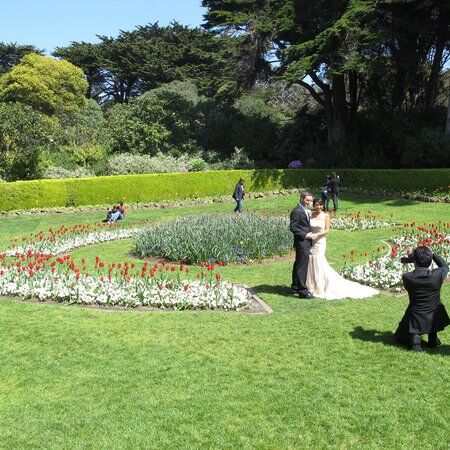
Explore Beyond Queen Wilhelmina Garden with CityDays
After you’ve soaked in the beauty of the Queen Wilhelmina Garden, why not extend your adventure with a CityDays scavenger or treasure hunt tour? Scavenger Hunt tours are a great way to bring family and friends—or even dates—together for an afternoon of great fun and adventure, solving clues and snapping photos. Clues will lead you to the big sights and those that you'd walk straight past.
For more information about our San Francisco Scavenger Hunts then click here: Top 6 Immersive San Francisco Scavenger Hunts & Treasure Hunts | CityDays.
